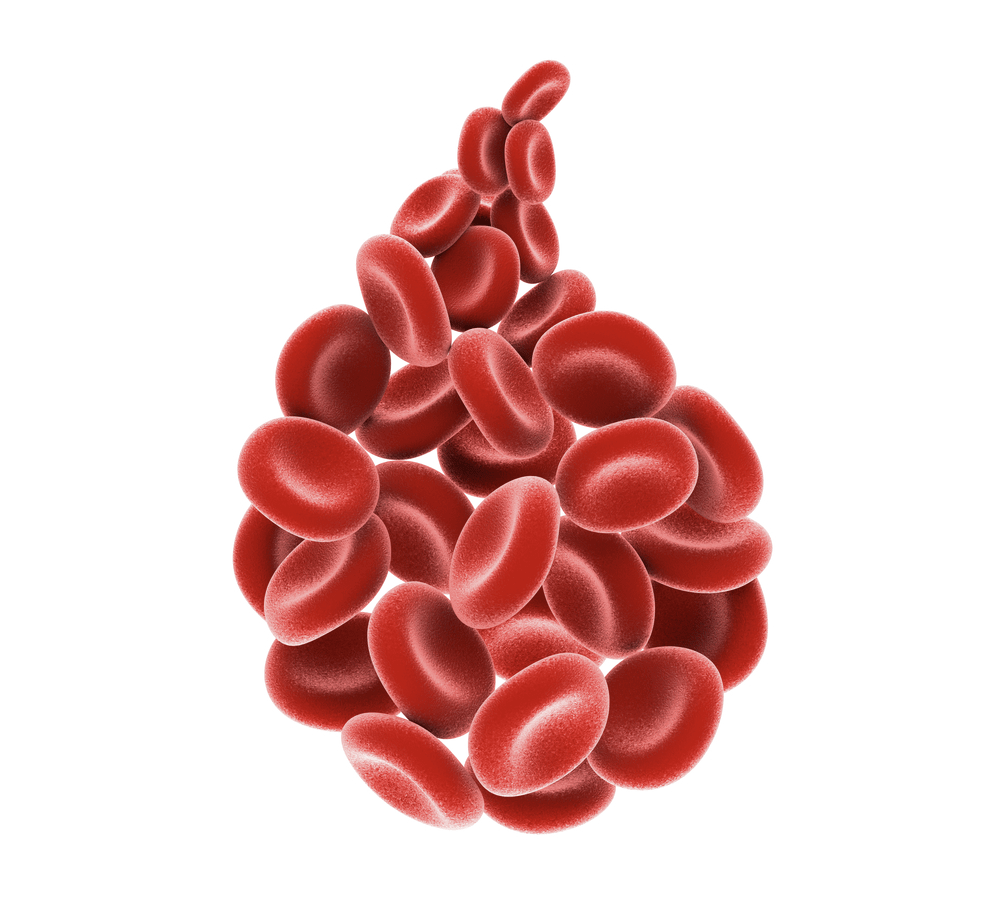Hemophilia is a rare inherited bleeding disorder where the blood fails to clot normally due to a lack of blood clotting proteins known as clotting factors. The condition leads to spontaneous bleeding as well as excessive bleeding after surgery or injuries.

Image Credit: Nerthuz / Shutterstock.com
Introduction
While small cuts are not so much of a concern for most people with hemophilia, internal bleeding that can damage organs and tissues in the body can be dangerous and life-threatening. Bleeding in the joints can cause chronic disease that is intensely painful, whereas bleeding in the brain can cause seizures and long-term paralysis. If bleeding cannot be controlled or affects a vital organ, it can lead to death.
People with hemophilia have an abnormally low level of either factor VIII or factor IX in their blood; therefore, the severity of their condition depends on how lacking these factors are.
Genetics
The two main types of hemophilia are caused by gene mutations that affect the levels of clotting factors in the blood. Mutation of the FVIII gene leads to hemophilia A, also called classic hemophilia, whereas mutations in the FIX gene lead to hemophilia B, which is also known as Christmas disease.
Hemophilia is an X-linked condition, meaning it mainly affects males. In the United States, about one in every 5,000 males are affected each year. Worldwide, around 400,000 individuals have the condition, which affects all ethnicities and economic groups equally.
Humans have 22 pairs of autosomal chromosomes and one pair of sex chromosomes, making a total of 46 chromosomes in each cell. In males, there is both an X chromosome and a Y chromosome, whereas females have two X chromosomes. Male offspring inherit their X chromosome from their mother and their Y chromosome from their father, while female offspring inherit an X chromosome from each parent.
As a recessive X-linked genetic disorder, the mutation that causes hemophilia is passed to offspring via the X chromosome. Hemophilia is more common among male children, as they only inherit one X chromosome, which means that they will develop symptoms of hemophilia if that chromosome carries the mutation.
Because the condition is recessive, the inheritance of one abnormal X chromosome does not usually cause symptoms in females because they usually also inherit another normal X chromosome. These females are then classified as carriers of the disease and can pass on the mutation to male offspring, even though they do not develop symptoms themselves. Technically, a female can develop hemophilia if she is born to a female carrier and a man affected by hemophilia, but this is very rare.
A female who carries a mutation for hemophilia has a 50% chance of passing the X chromosome that carries the mutation to her male offspring. The chance of her passing on the normal X chromosome that is not affected by this mutation is therefore also 50%.
Although hemophilia runs in families, there is occassionally no family history of the condition when a child is born with it. On the other hand, there are cases where female carriers are identified but male offspring are not affected. In about one third of cases, the child born with hemophilia is the first family member to develop the mutation.
What is hemophilia?
Genetic testing
Genetic testing and genetic counselling are available for couples with a family history of hemophilia who may want to determine how likely it is their child would be born with the condition. Genetic analysis of the FVIII gene identifies a mutation in up to 98% of people who have hemophilia A, while analysis of the FIX gene identifies a mutation in over 99% of those who have hemophilia B. Tests can also be performed to check for the gene during pregnancy using either amniocentesis or chorionic villus sampling.
Genetic research
Geneticists have been trying to develop a gene therapy for hemophilia A and the results have so far been encouraging. The long-term safety of gene therapies is still being carefully examined, but researchers hope that a genetic cure for the condition will eventually be available.
References
Further Reading
Last Updated: Jan 18, 2023